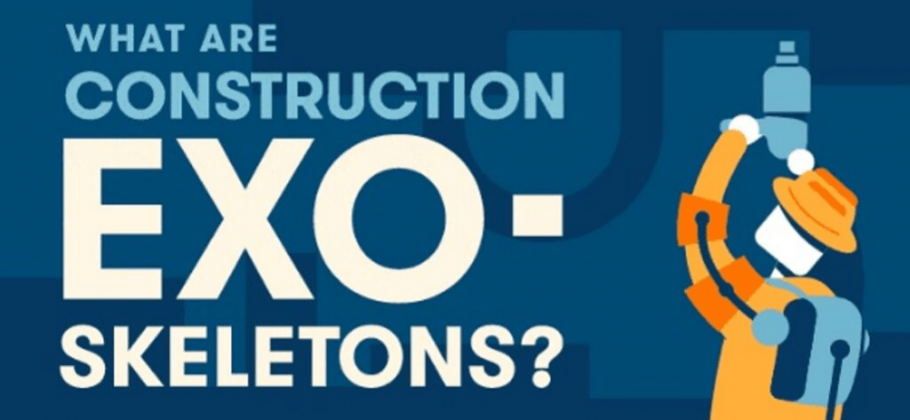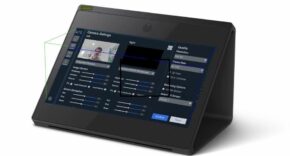Blue collar workers face a lot of physical safety hazards during their regular work day. Construction workers in particular are at serious risk for workplace injury. In fact, reports find that non-fatal injury rates in the construction industry are 71% higher than any other industry.
These injuries are a result of the strenuous nature of their everyday activities. These tasks range from carrying heavy objects across the work site to constantly lifting heavy tools. Repetitive labor like this combined with weight on the body results in both short and long term consequences. Fatigue alone can slow the day’s productivity, but continued strain and discomfort can lead to long term injury.
The Center for Construction Research and Training reports that activities like handling or lifting objects and using tools or machines are among the most frequent causes of strain injuries in construction. As a construction worker, it’s impossible to avoid these tasks. Instead, construction workers should strive to always use best safety practices on the work site and look for additional solutions to reduce and prevent injuries.
Exoskeletons are just one of these solutions construction workers are beginning to use to mitigate strain and prevent injuries. Exoskeletons, also known as exosuits or ergoskeletons, are wearables that minimize strain and injury by correcting posture, dispersing weight and a number of other things. These machines are more popularly used for physical rehabilitation, but other industries are starting to adopt them for their workers.
According to the 2018 Q4 Commercial Construction Index, 23% of contractors believe they’ll begin using wearable technology in the next three years. That same report also found that 83% of contractors believe wearable technology would be useful to improve onsite safety. In addition, the CDC reported that exoskeleton use lowered pressure on the spine, decreased fatigue and resulted in other positive health benefits.
Exoskeletons are powered in a few different ways. Mechanical exoskeletons use mechanisms like pulleys and springs to redistribute weight. These are typically lightweight in comparison to their electrical counterparts.
Electrical or powered exoskeletons are more powerful than mechanical exoskeletons and can handle more weight. They can also target specific areas to increase pressure and strength when needed. For example, power gloves use electricity to enhance and increase grip.
Although electrical exoskeletons have great benefits, they come with a few drawbacks. Since they’re powered by electricity, they need to either use a battery or stay plugged in to a power source. Batteries add weight to the suit and managing cables can increase worksite hazards, among other things. Newer models are working to combat these issues by using lighter batteries.
In addition to the way they’re powered, there are also many types of exoskeletons with different benefits. For example, arm and shoulder support exoskeletons help redistribute weight exerted on arms and shoulders to lessen strain. This is useful for workers who engage in lots of overhead activities or lifting throughout the day.
To illustrate the different types, heavy equipment rental network BigRentz put together an animated construction exoskeletons guide that explains the benefits of each. Take a look at their infographic below to learn more about the different types and how wearable technology is improving safety in the construction industry.
Infographic by Bigrentz
https://www.bigrentz.com/blog/construction-exoskeletons











